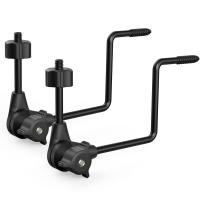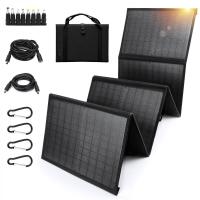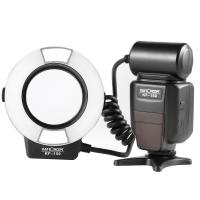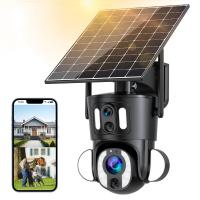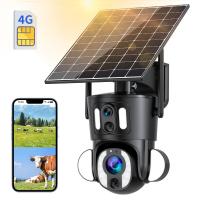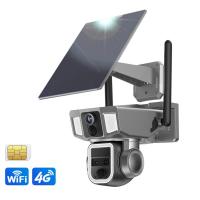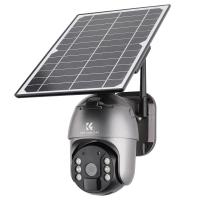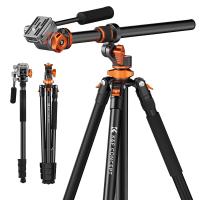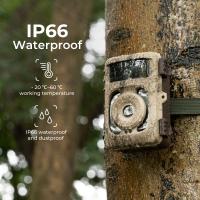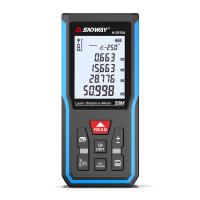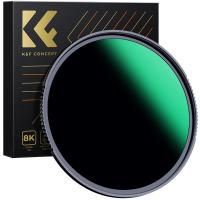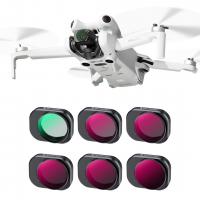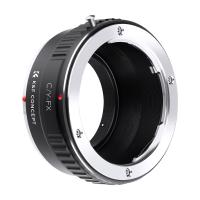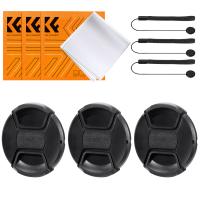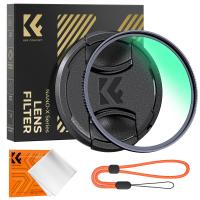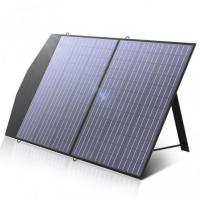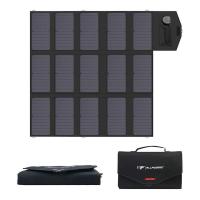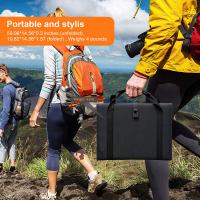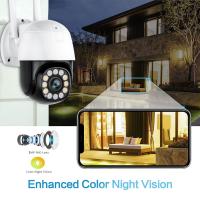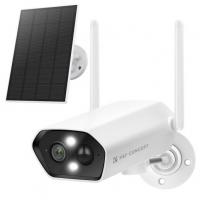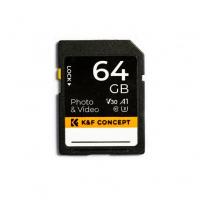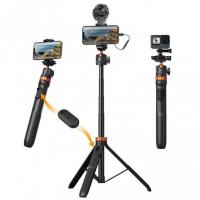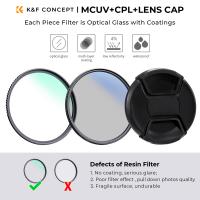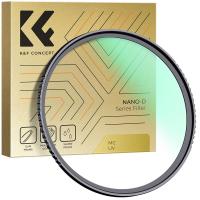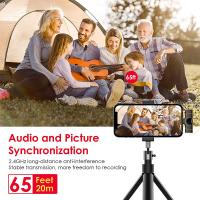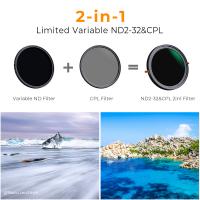Can I Run Security Cameras On Solar Panels?
Maximizing Solar Energy to Run Security Cameras: A Comprehensive Guide
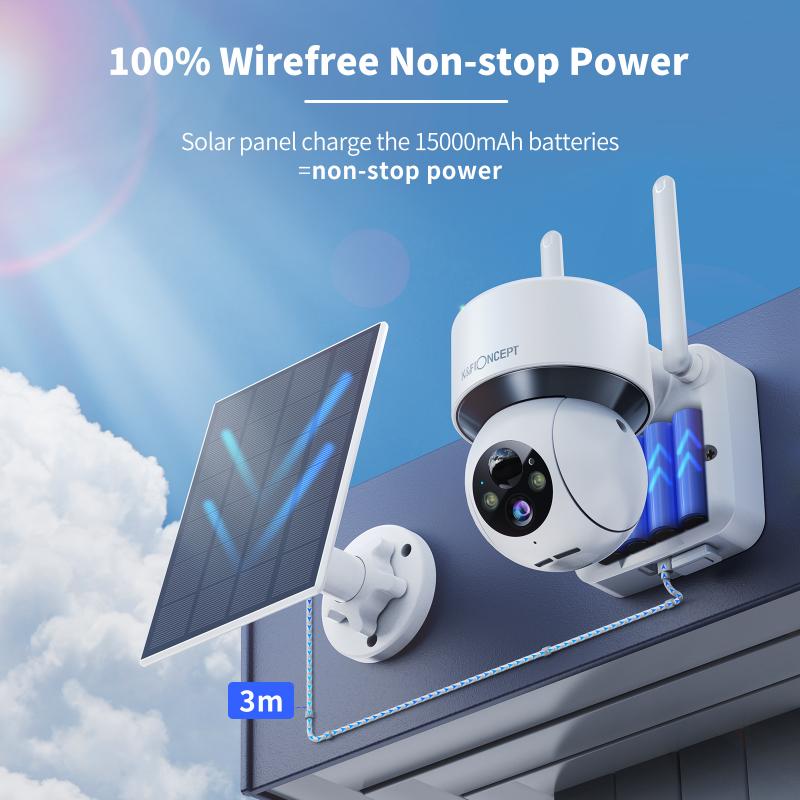
With the growing emphasis on sustainability and the widespread availability of solar technology, the idea of running security cameras on solar panels has become increasingly appealing. This eco-friendly solution offers independence from grid power, reduced utility costs, and increased reliability in areas without consistent electricity. However, implementing this system requires careful consideration of several factors to ensure efficiency, longevity, and effectiveness.
In this article, we will delve into the practicality of using solar panels to power security cameras, detailing how to calculate energy requirements, choose the right components, and optimize performance. Whether you're looking to monitor a remote property or reduce energy costs in an urban setting, this guide provides actionable insights to address your needs.
---
Understanding the Basics of Solar-Powered Security Cameras
Solar-powered security cameras operate by converting sunlight into electrical energy via photovoltaic (PV) panels. This energy is either used immediately to power the cameras or stored in batteries for use during non-sunny periods, such as at night or on cloudy days.
Key Components:
1. Solar Panel: Captures sunlight and generates electricity.
2. Battery: Stores energy to ensure uninterrupted operation.
3. Charge Controller: Regulates the energy flow to prevent overcharging the battery.
4. Security Camera: The surveillance equipment, which may include features like motion detection, night vision, and wireless connectivity.
5. Inverter (optional): Converts direct current (DC) from the panel to alternating current (AC) if the camera requires AC power.
---
Benefits of Solar-Powered Security Cameras
1. Energy Independence: Solar-powered setups function off-grid, making them ideal for remote locations or areas prone to power outages.
2. Environmental Sustainability: Solar energy reduces carbon footprints and reliance on non-renewable resources.
3. Cost Efficiency: Once installed, solar systems significantly cut down electricity bills.
4. Flexibility: These systems can be deployed in diverse locations without needing extensive wiring.
---
Determining Feasibility: Power Requirements and Solar Potential
To effectively run security cameras on solar panels, it's crucial to balance the energy demand of the cameras with the energy supply from the solar system.
1. Calculating Camera Energy Demand
Every security camera has specific power requirements, typically listed in watts. Key factors include:
- Power Consumption: Measure in watts (W). For example, a basic IP camera might require 5W, while advanced PTZ (pan-tilt-zoom) cameras could consume 20W or more.
- Operational Hours: Determine how many hours the camera will run daily. A 10W camera running for 24 hours consumes:
$$\text{Daily Energy Requirement} = \text{Power (W)} \times \text{Hours (h)}$$
$$10W \times 24h = 240Wh$$
2. Assessing Solar Energy Supply
The energy production of a solar panel depends on:
- Panel Rating: Expressed in watts (W). For instance, a 100W panel produces 100W under ideal conditions.
- Sunlight Hours: Measure of how many hours of direct sunlight the panel receives daily in your location. A 100W panel with 6 sunlight hours generates:
$$\text{Daily Energy Output} = \text{Panel Power (W)} \times \text{Sunlight Hours (h)}$$
$$100W \times 6h = 600Wh$$
---
Sizing Your Solar System
To design a reliable system:
1. Choose Solar Panels: Ensure the panel output exceeds the camera's daily energy requirement. Factor in inefficiencies and weather variability. A panel producing 1.5 to 2 times the camera's consumption is ideal.
2. Select Batteries: Calculate battery capacity to store sufficient energy for nights and cloudy days. Battery capacity (in watt-hours) should cover at least 2-3 days of operation:
$$\text{Battery Capacity} = \text{Daily Energy Requirement} \times \text{Backup Days}$$
$$240Wh \times 3 = 720Wh$$
3. Integrate a Charge Controller: Match the controller's capacity to the panel's output. It ensures battery health by preventing overcharging or excessive discharge.
---
Choosing the Right Security Cameras
When selecting cameras for a solar-powered system, energy efficiency and functionality are critical. Consider:
1. Low Power Consumption: Opt for cameras with minimal wattage to maximize solar efficiency.
2. Wireless Connectivity: Reduce wiring complexity by using Wi-Fi-enabled or cellular cameras.
3. Motion Detection: Saves energy by recording only when motion is detected.
4. Night Vision: Ensure visibility in low light but note its higher energy demands.
---
Installation Tips for Maximum Efficiency
1. Positioning Solar Panels:
- Place panels in direct sunlight, avoiding obstructions like trees or buildings.
- Tilt panels to the optimal angle for your location, typically aligned with the latitude.
2. Securing Components:
- Use weatherproof and tamper-proof enclosures for cameras and batteries.
- Ensure connections are robust to avoid energy loss.
3. Regular Maintenance:
- Clean panels periodically to remove dirt and debris.
- Inspect connections and batteries to maintain optimal performance.
---
Addressing Challenges
1. Weather Variability
Cloudy or rainy days reduce solar energy generation. Mitigation strategies include:
- Oversizing the panel array.
- Using high-capacity batteries.
- Incorporating hybrid systems with auxiliary power sources.
2. Energy Loss
Energy is lost during conversion and transmission. Minimize losses by:
- Using high-quality cables and connectors.
- Placing components close to reduce transmission distance.
3. Cost Considerations
While upfront costs may seem high, solar systems are a long-term investment. Financial incentives like tax credits and rebates can reduce initial expenses.
---
Practical Scenarios and Use Cases
1. Rural and Remote Monitoring
Solar-powered security cameras are invaluable for farms, construction sites, and wildlife monitoring, where grid power is unavailable.
2. Urban Sustainability Projects
Residential and commercial properties adopting renewable energy can integrate solar cameras for sustainable surveillance.
3. Temporary Installations
Events, construction sites, or emergencies often need temporary monitoring solutions. Portable solar camera setups are ideal.
---
Emerging Technologies
Advancements in solar and camera technology promise even more efficient and versatile solutions:
- Improved PV Efficiency: Next-generation panels generate more power from the same sunlight.
- Energy-Saving Cameras: Cameras with AI-powered motion detection reduce unnecessary energy usage.
- Smart Monitoring Systems: Integrated apps and IoT connectivity enable remote management and real-time alerts.
---
Conclusion
Running security cameras on solar panels is not only feasible but also highly practical for various applications. By carefully analyzing energy requirements, selecting the right components, and planning for contingencies, you can achieve a reliable and eco-friendly surveillance solution. As solar technology continues to evolve, this approach will only become more accessible and efficient, making it a compelling choice for homeowners and businesses alike. Whether you're prioritizing sustainability, saving costs, or ensuring reliable monitoring in remote areas, solar-powered security cameras offer a smart and effective solution.

